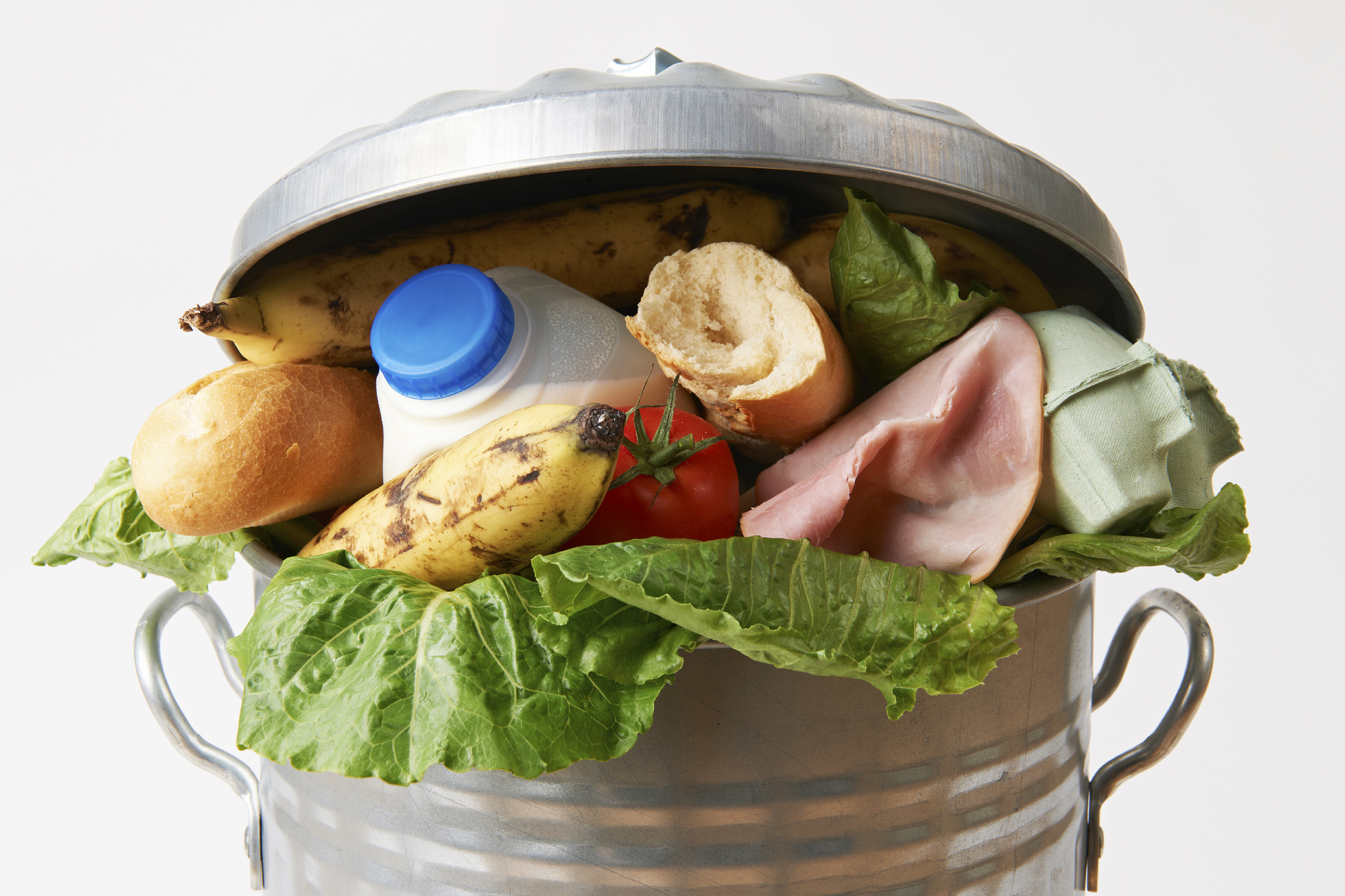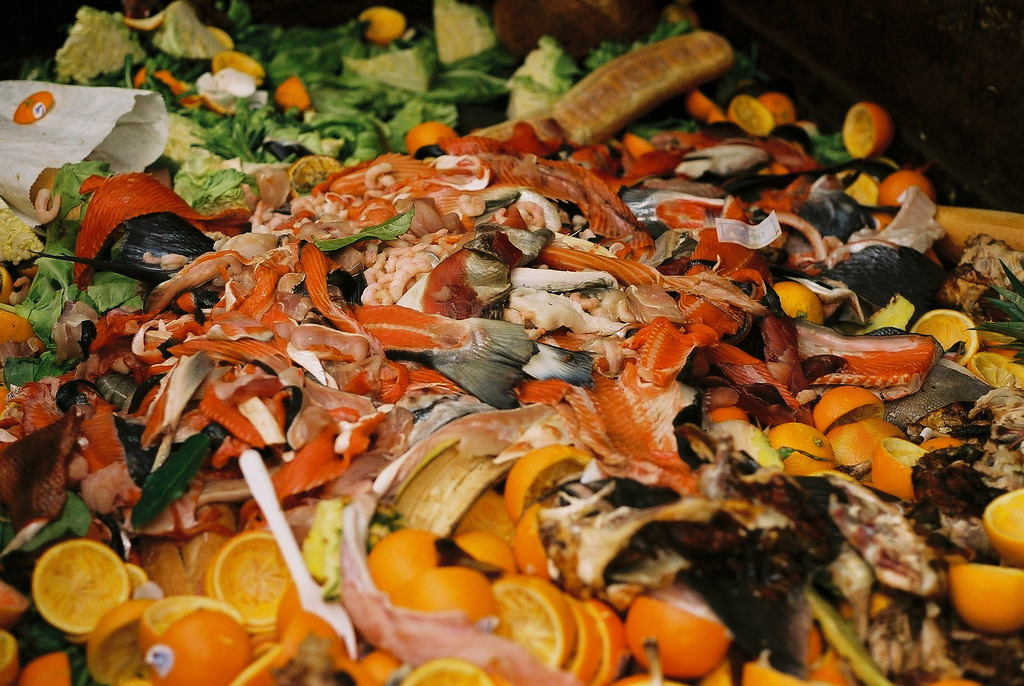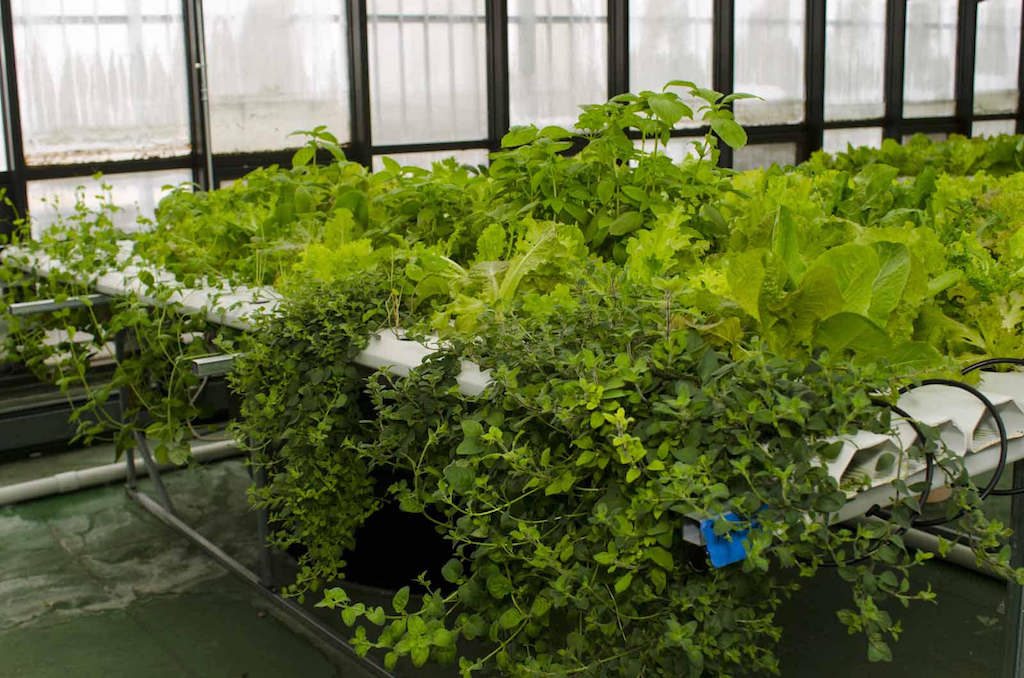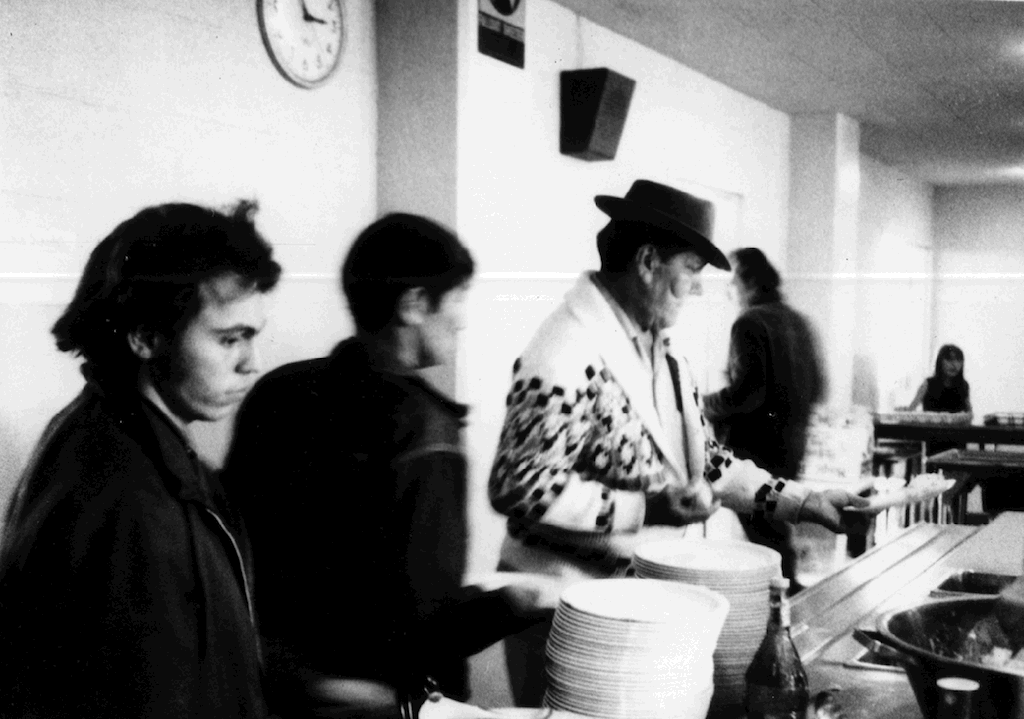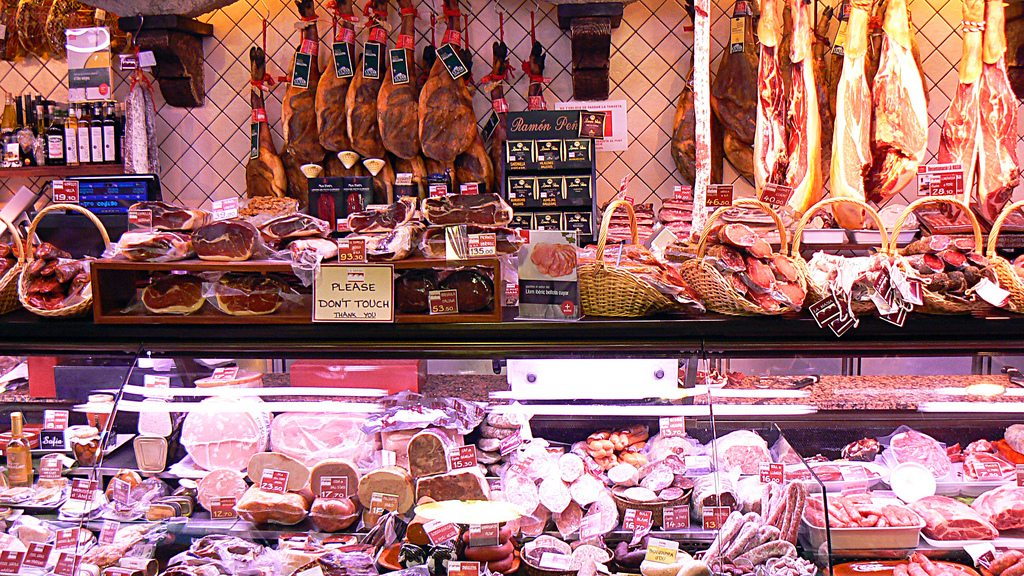How do you get grocery stores, a major source of the country’s food waste, to mitigate their contribution to the issue? Dangle some profits in front of them.
A new report plots solutions to America’s food waste problem on a graph, with profitability on one axis and feasibility on the other.
Sadly, what ends up being portrayed is an inverse correlation between how much money these solutions can bring in, and how easy they are to implement.
The organization behind the graph is ReFED, a nonprofit focused on food waste and backed by a grab bag of businesses and foundations. The report they published, Retail Food Waste Action Guide, outlines various ways by which grocery stores can reduce food waste. And keep their pockets padded while they’re at it.
According to ReFED, consumer-facing businesses (aka: grocery stores) contribute to 40% of the food waste problem. That translates to $18.2 billion worth of food that could have generated a profit—but didn’t.
Here’s where the Action Guide steps in. You can click here to understand the more technical terminology.
 Courtesy of ReFED
Courtesy of ReFED Most of the solutions on the graph make a lot of sense. Dynamic pricing? That’s what Ticketmaster does to undercut scalpers and sell out stadiums. It’s what airlines do to sell seats. Why not apply it to broccoli? The same goes for donating unsold food and turning it into animal feed, both of which have been already implemented by some retailers.
But beware of the dangerous tendency to simplify an action as an unalloyed good solution. One surprising measure is the meal kit phenomenon. Many regional grocery chains like Wegman’s, Aldi, and Publix have started to offer their own. National companies, like Trader Joe’s and Whole Foods, have yet to follow suit. All those pre-portioned ingredients? They certainly reduce food waste. The excessive packaging needed to get them to the customer? That’s going to need another action guide.
